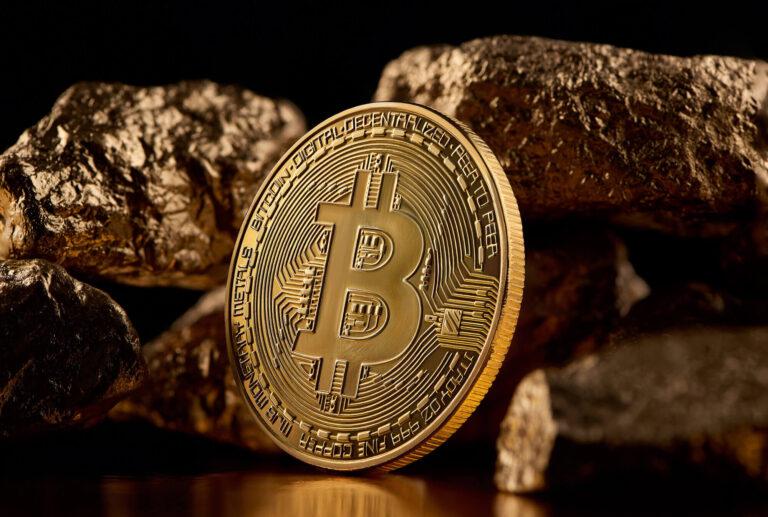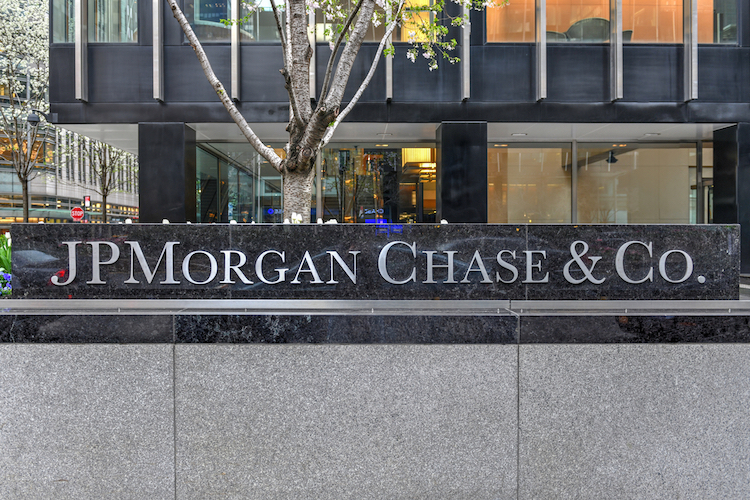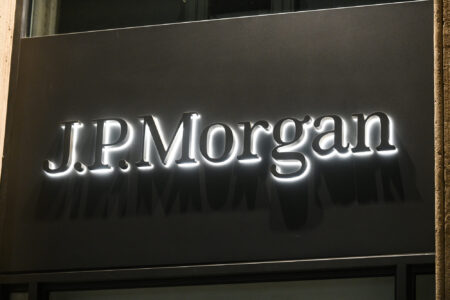Non-fungible tokens (NFTs) are the talk of the town. Although most projects currently focus on art or static images, the potential of the technology goes far beyond that. An analysis of NFTs and blockchain in the real estate market.
Although widely discussed, tokenization remains a vague term that takes on different meanings depending on its specific context. When used in the context of real estate, tokenization refers to either representing units or shares in an immovable asset or using a unique non-fungible, blockchain-based, token to represent a (single) property. While the first use case focuses on liquidity and fractional investments, the second aims to make it easier to transfer ownership of an immovable.
The digitalization of corporate assets
This approach to real estate tokenization can be referred to more generally as the digitalization of corporeal assets. The key idea underlying the digitalisation via NFTs is to give full legal ownership of a unique digital file, which, in the context of a conveyance process, for example, could become a real estate asset represented by a digital token and governed by the transactional rules of, a blockchain-based smart contract.
This could considerably reduce the many frictions associated with transacting between parties. Today there are a string of middlemen involved from brokers, over solicitors and notaries, to land registries. These parties are generally preoccupied with sourcing and organising all relevant real estate information. Fragmentary access to this information delays and complicates today’s transactions. A digitalised information infrastructure, potentially coupled to NFTs as the digital anchor point.
Examples of tokenized real estate assets
In the context of NFTs and real estate, much focus further goes to the digital representation of property rights becoming the object of a transaction themselves. If a real estate asset is tokenized, what does that mean precisely? An example of this would be the Next Earth platform. This is an NFT based digital land purchasing platform, where users can instantly buy and sell land. The basic vision is to build a metaverse in which land titles are traded as NFTs. These pieces of digital land will carry the possibility of raising land prices. In a nutshell, they want to build a DeFi ecosystem that aims to be a gateway into crypto, with a focus on environmental charity work. Again, we must distinguish between tokenization as a form of alternative financing and tokenization as creating a non-fungible digital twin of a real-world asset. Of course, a combination of both is technically perfectly possible.
While the Next Earth project is a good example of the former, both the NTFA-project and the UK-startup Mattereum are examples of the latter. Mattereum wants to enable trust for physical assets via NFTs. As such, Mattereum aims to bridge the virtual and physical economy. To this aim, they create unique digital tokens that denote the right to take physical custody of an object. Their approach differs from the purely digital NFTs in such a way that all their tokens are backed with warranties, insurance and legal enforceability to create trust in the trade of physical items (including real estate).
Legal issues surrounding the tokenization of real estate assets
When studying tokenization as an investment tool, a case-by-case consideration is required. Is it a form of co-ownership? Is it a binding contract? Various legal issues arise, for example, the economic vs legal owner debate (some scholars see tokenization as a trust-like figure) and a further avenue for the dematerialization of property law. Different financial watchdogs have now issued statements on ICO’s and token sales. Mainly from the perspective of consumer protection, it is necessary to develop a framework that would limit legal uncertainty.
In the crypto-world, it is often said that the lack of a regulatory framework offers a first-mover advantage. In contrast, legal scholars are increasingly turning their attention to token sales and cryptocurrencies and making it clear that ITO’s, ICO's or other derivatives do not operate in a legal vacuum. Today, it is unclear what form regulation will take. Several issues still need to be fleshed out, including how tokenization will interact with other, more established securities and land law principles. There is an abundance of financial regulation, tax compliance and company legislation that has to be respected. Different financial watchdogs have issued statements on ICO’s and token sales. Mainly from the perspective of consumer protection, it is necessary to develop a framework that would limit legal uncertainty.
On the other hand, when we consider NFTs, we can see a myriad of usages in the context of real estate. An absence of formal property rights limits the use of land as collateral to access credit markets. A solid property law system allows bulky assets to be available in a more accessible format. A representation is much easier to divide, mobilize, or use as collateral to close business deals instead of the actual physical asset. De Soto labels this in his famous book The Mystery of Capital as “making assets fungible”. According to De Soto, the key mechanic is to decouple the rigid, bulky physical state of an asset from its economic features and value. This is generally done by creating a representation of the asset. Creating a fungible representation allows for the asset to easily become an object of a transaction.
Summary
In this regard, tokenization, and more precisely, NFTs, are nothing new. They are merely a digital form of a mechanism that has existed for many centuries, i.e. creating a fungible proof of ownership of a corresponding asset, which can be used to make secondary markets more efficient and straightforward. The above investment form of tokenization is a further digital and decentralized elaboration on secondary markets. The underlying mechanism remains the same: whether the asset is made fungible via a notarial deed, an excerpt from the land registry or a “non-fungible” token. Tokenization is mainly the process of digitalizing an existing process.
In that last sense, the terminology of an NFT is perhaps a bit contradictory. While it is used to contrast fungible tokens or coins, the underlying mechanism it is trying to achieve in the real estate context is precisely making the underlying asset fungible. As such, an NFT does make a real estate asset fungible and digital. Use-cases, such as the Mattereum-project, will be ground-breaking for the data strategy they are developing which will produce an interface between the digital and physical world. This data interface will be the platform we will require to meet our goals regarding for example the circular economy and climate change.








